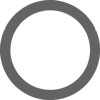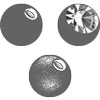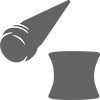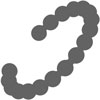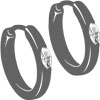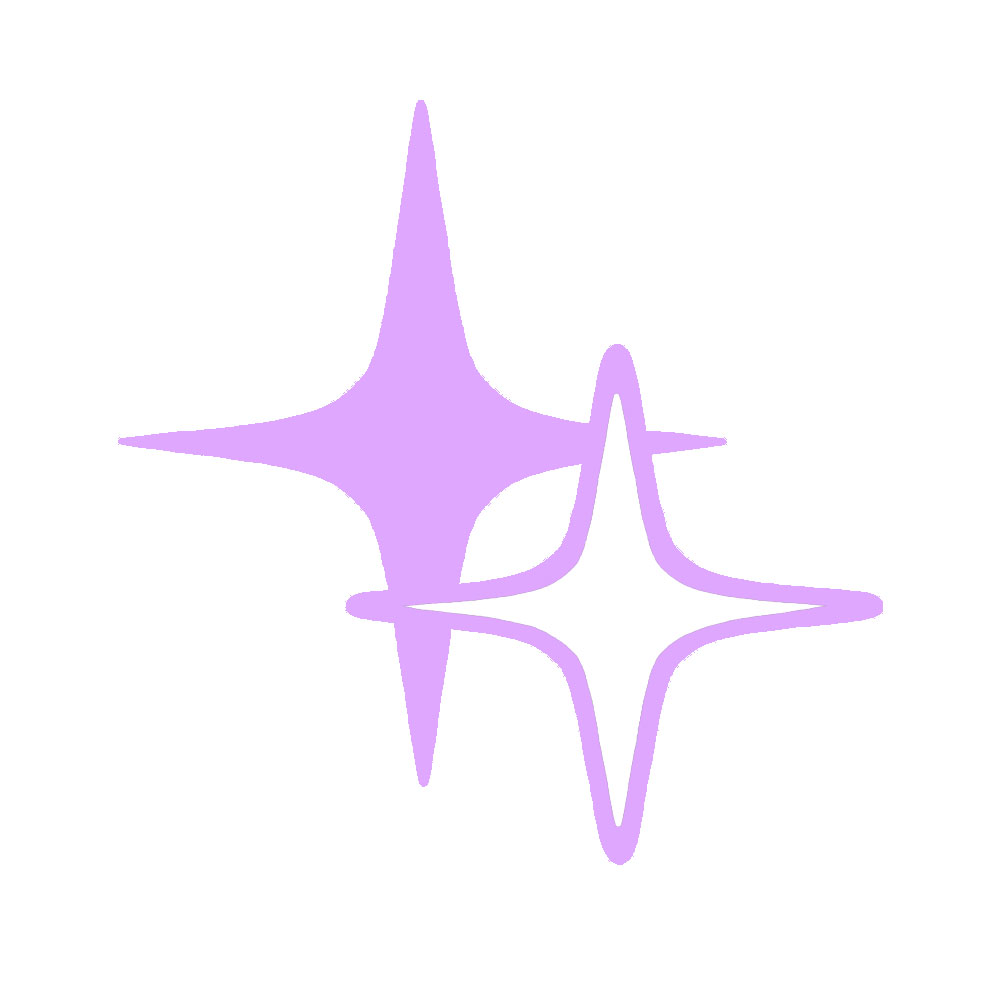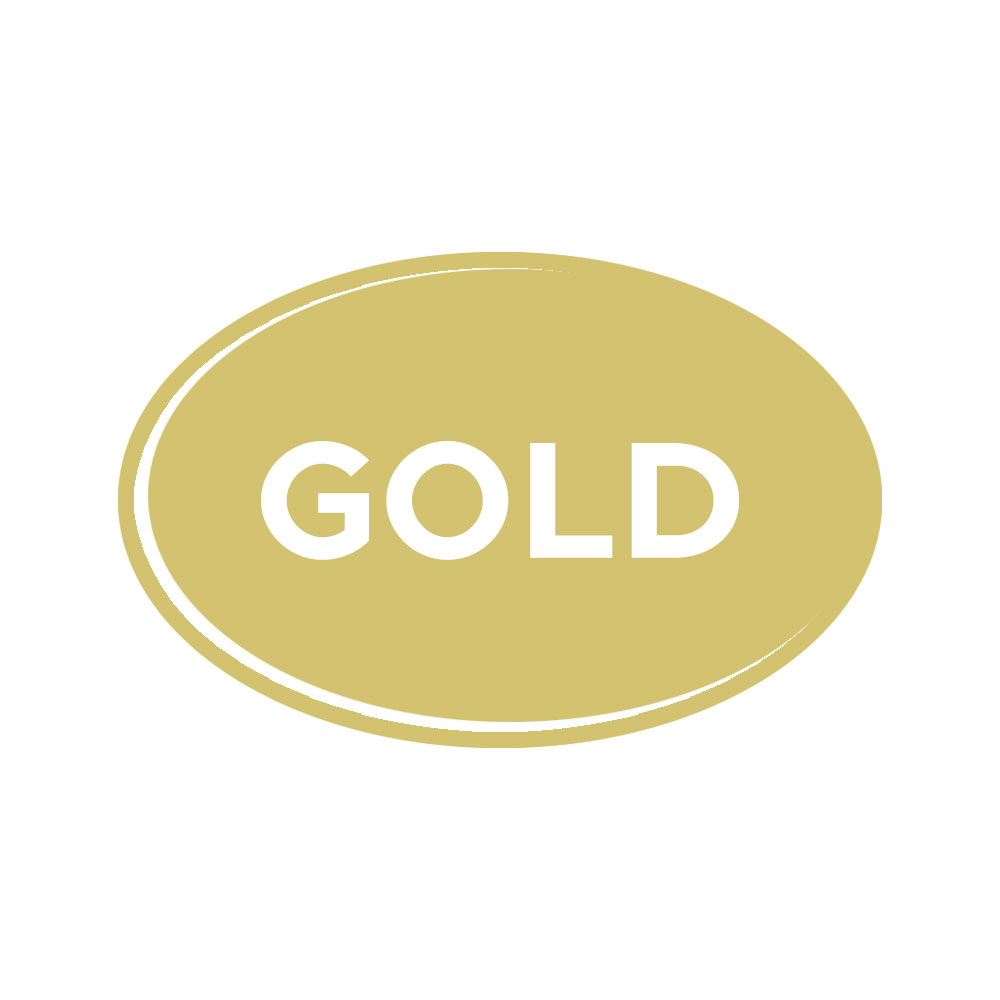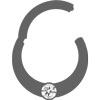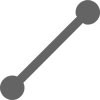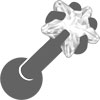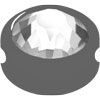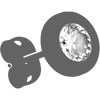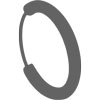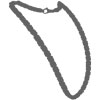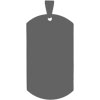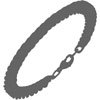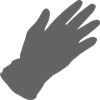Product Information
Payment and Shipping
Information
Our Company
Sizes and Dimensions
Bar Dimensions
The bar is the part of the jewelry that is inserted into the piercing puncture and its diameter is called the bar thickness.
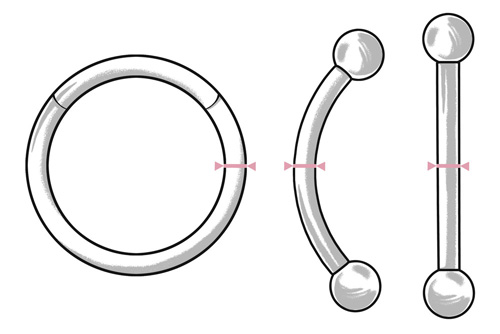
For the bar thickness, always choose the same size as the piercing puncture or the next smaller one (but never a larger one, unless the puncture is to be deliberately stretched).
The bar is the part of the jewelry that is inserted into the piercing puncture and its length is called the bar length.
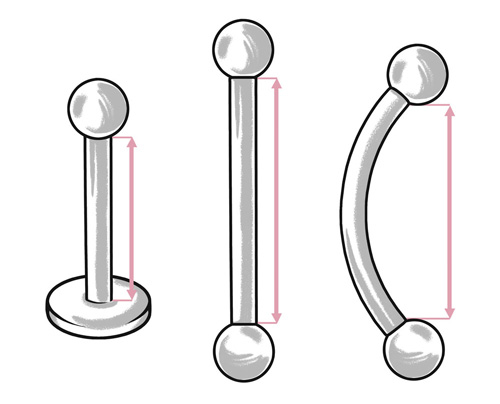
Piercing Ring Sizes
The size of ring-shaped items - especially piercing rings - is determined by their inner diameter.
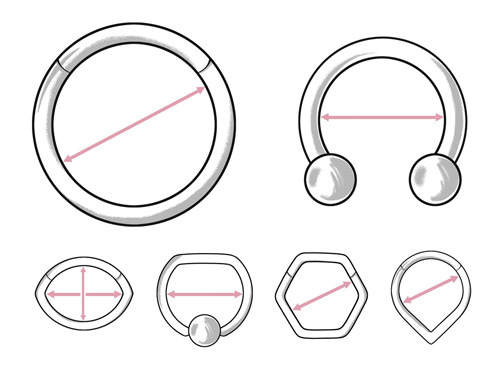
It does not matter whether the ring is actually round (O-shape) or has another shape (e.g. D-shape). The figure shows some examples.
Attachment Sizes
For ball-shaped attachments, the diameter of the ball is called the ball size.
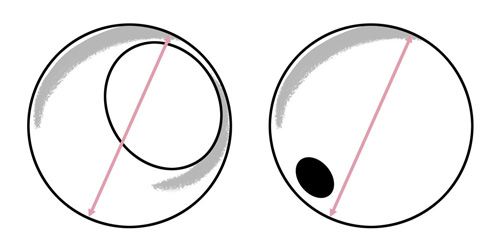
For attachments in the shape of a tip, the cone size denotes both the height of the tip and the diameter of its base.
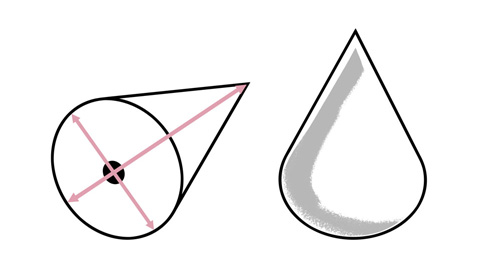
For flat attachments, the diameter of the base is called the disc size.
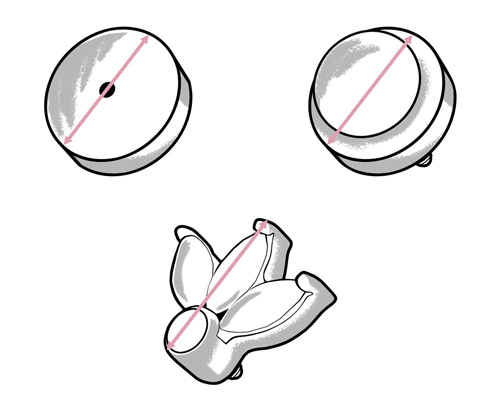
Jewelry Stone Sizes
The diameter of a synthetic opal is equal to the opal size.
For a pearl, the pearl size is defined by its diameter.
For set crystals, the crystal size is the same as the diameter of the jewelry stone.
Thread Types and Sizes
Bars and screw-in attachments each have a thread through which they are screwed together. The threads are either an external thread projecting outward or an internal thread drilled inward, and the opposite of each fits into the other.
- bar with external thread is suitable for attachment with internal thread
- bar with internal thread is suitable for attachment with external thread

If you do not find a reference to the thread type in a product description, it is always the combination of bar with external thread / attachment with internal thread, which is also the most common.
The thread thickness designates the thread diameter and it must be identical for bar and attachment.

